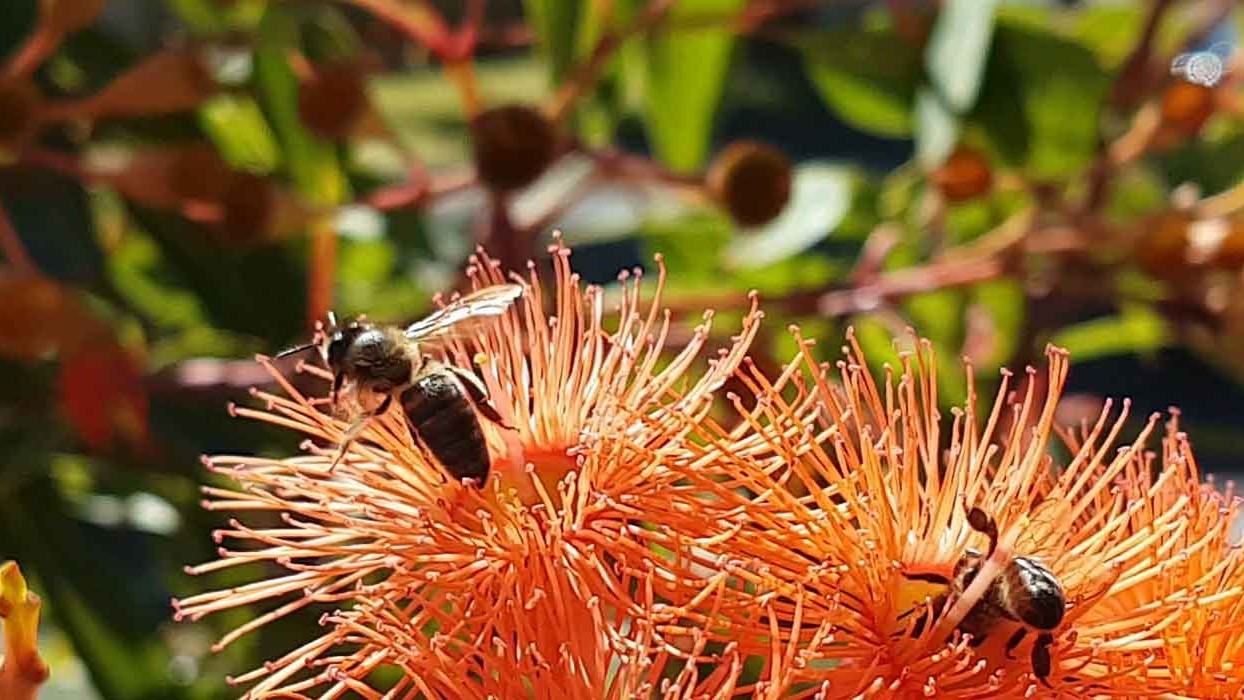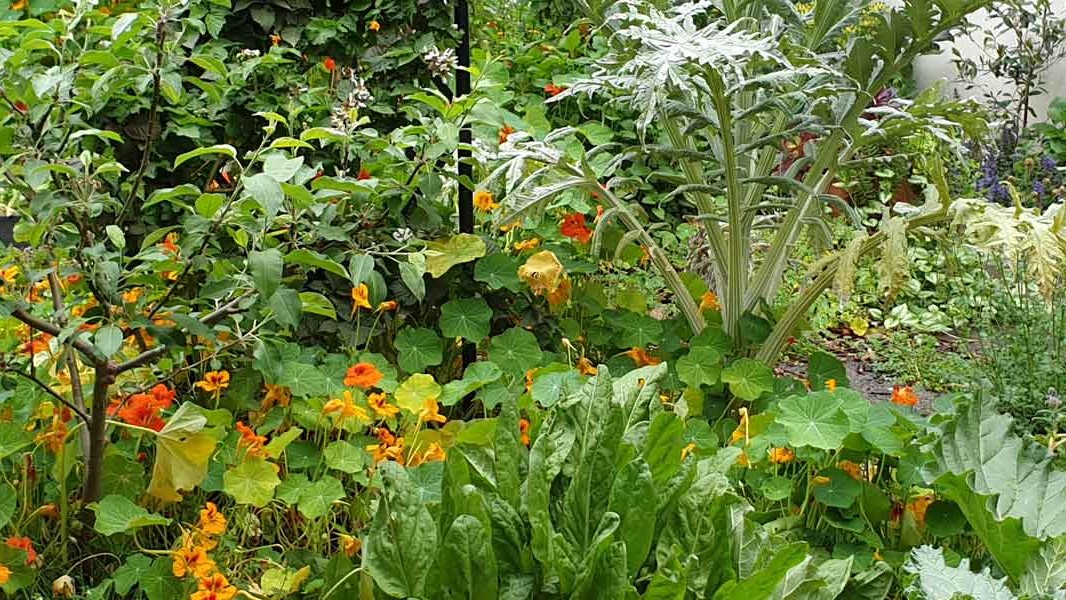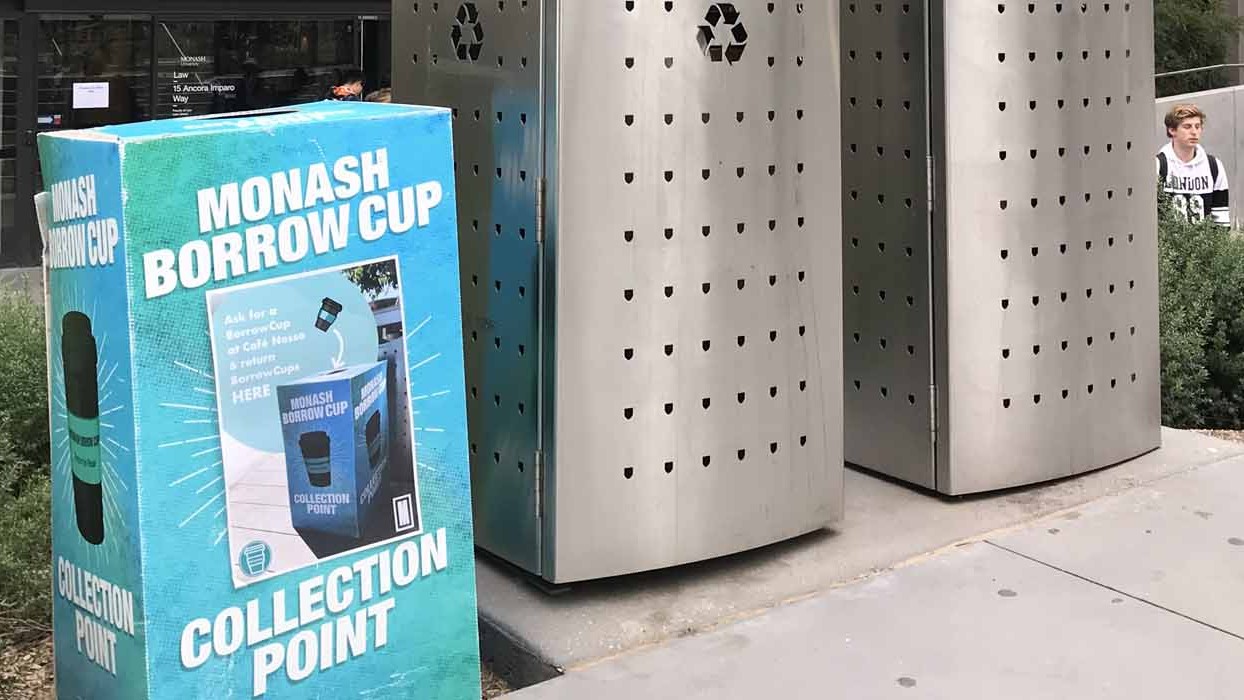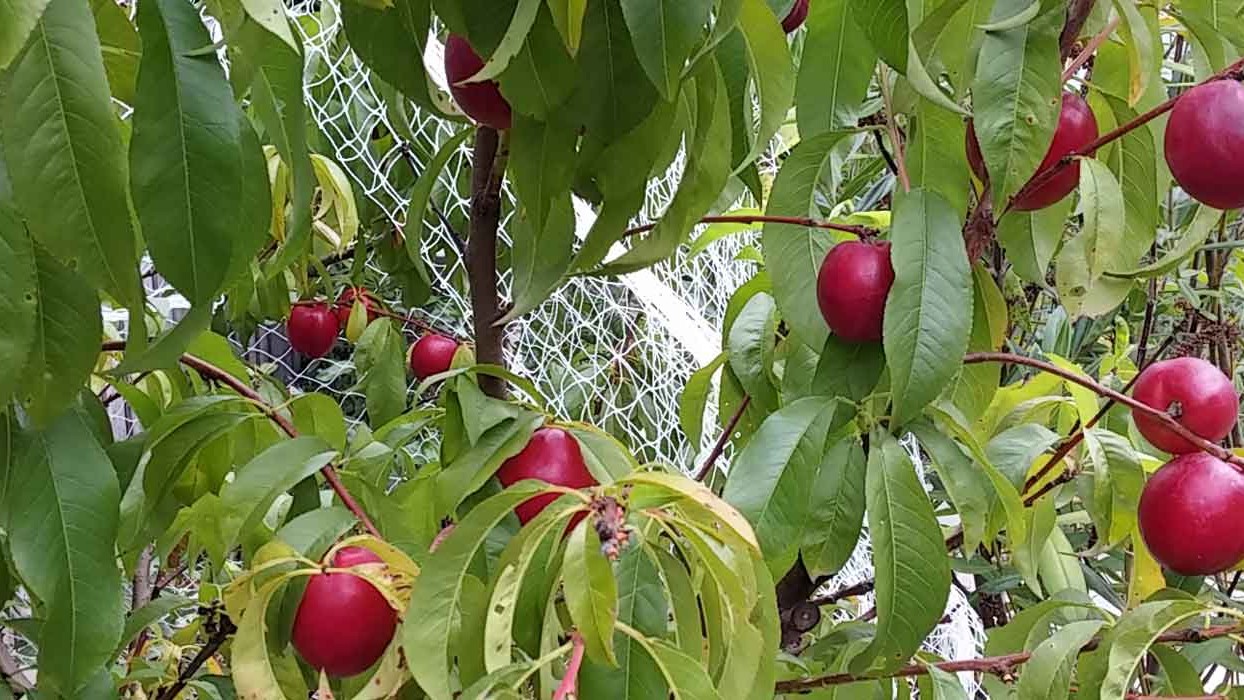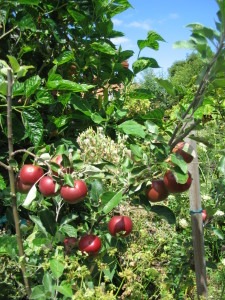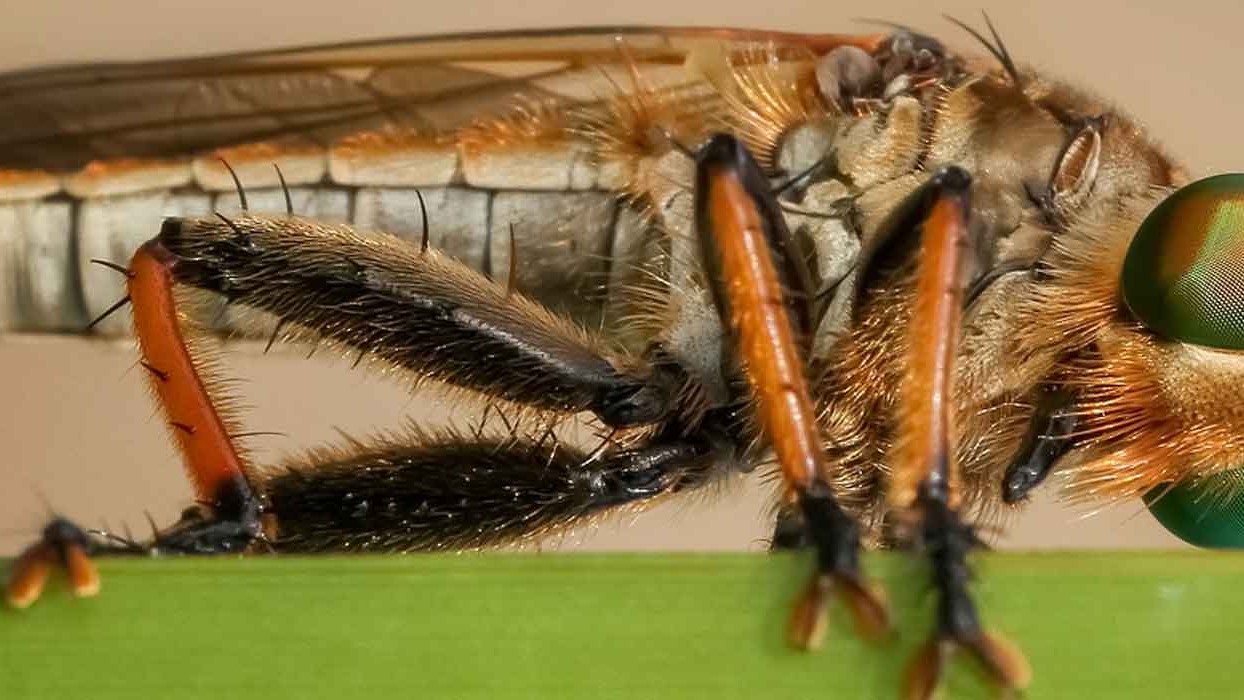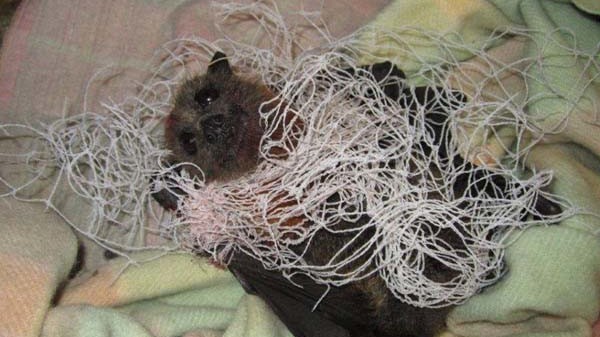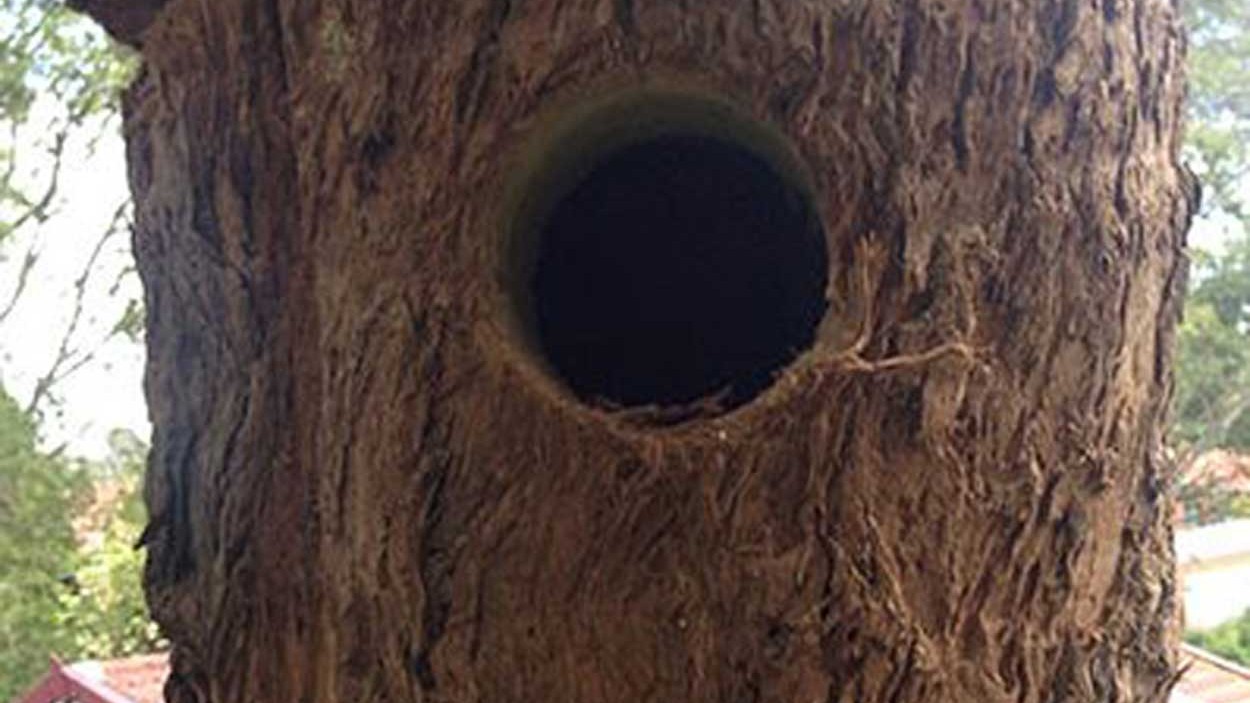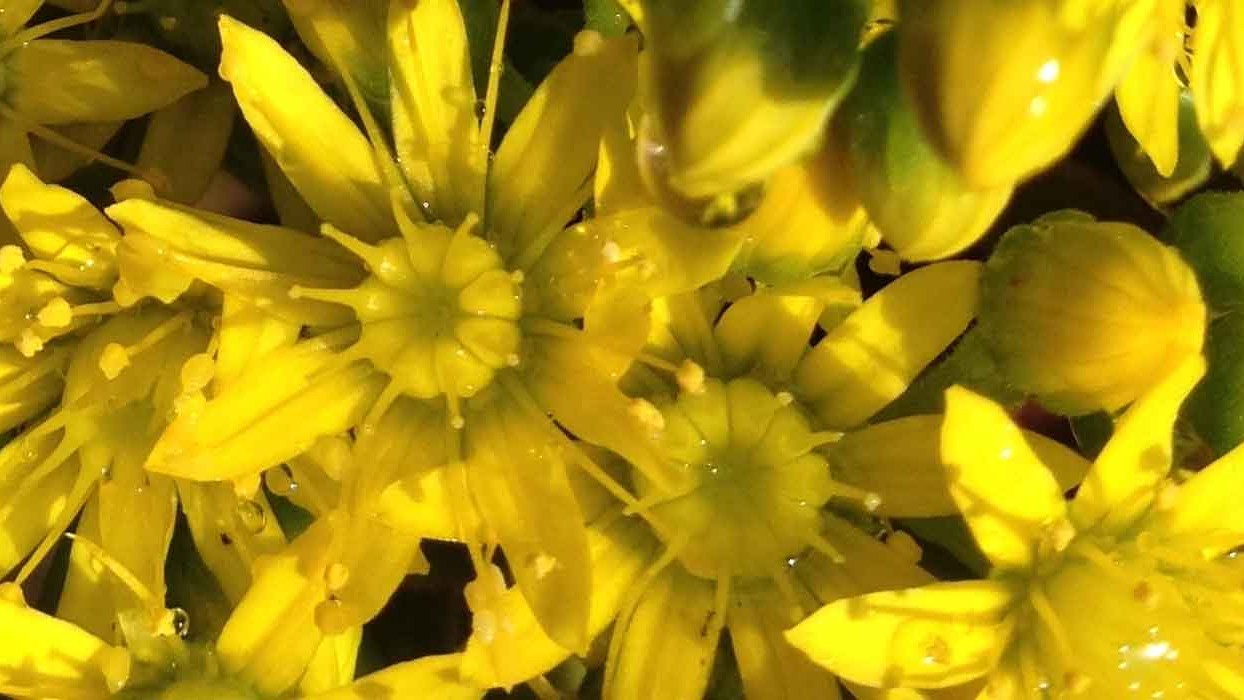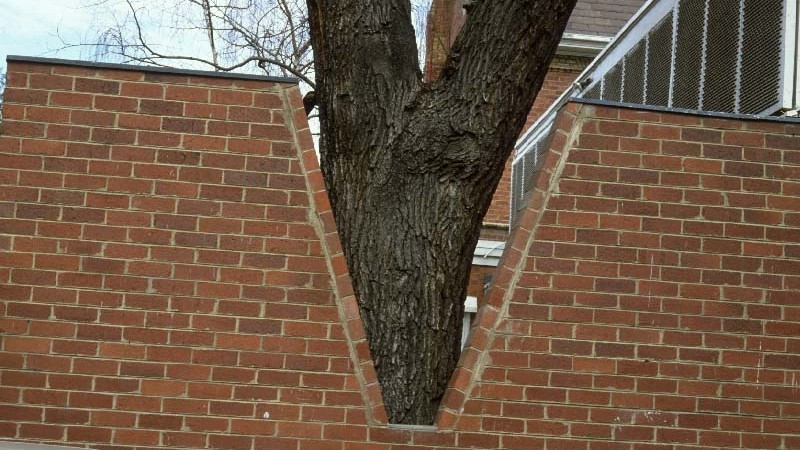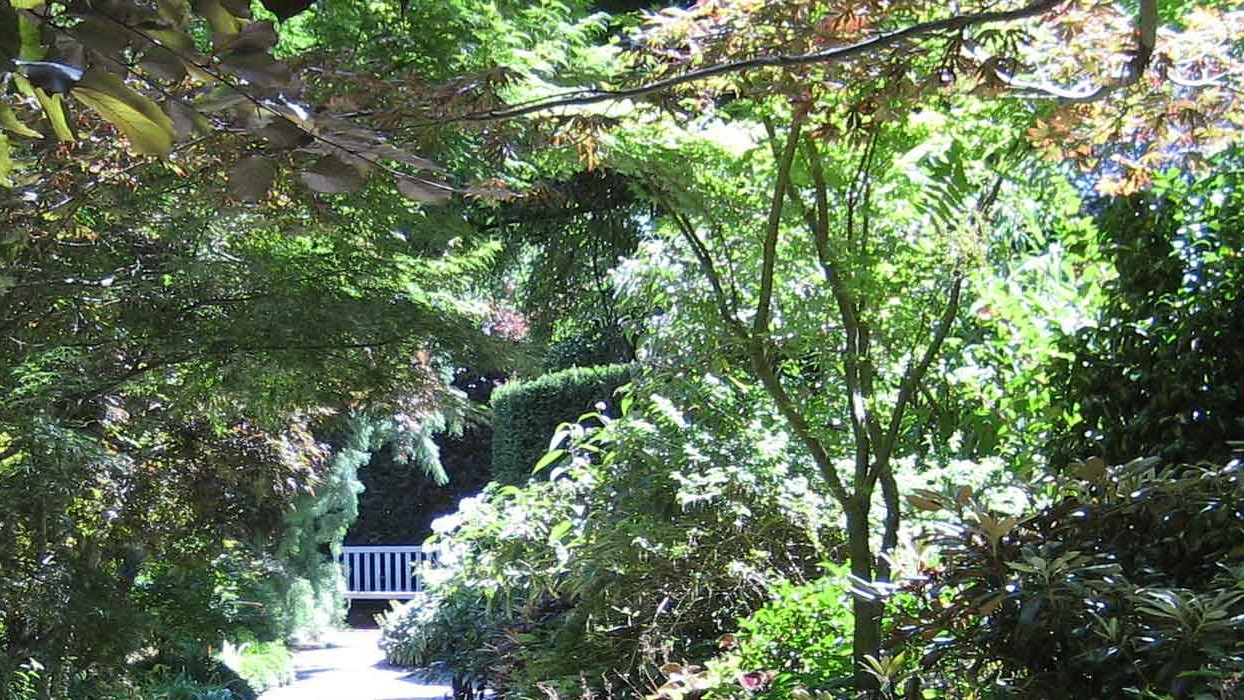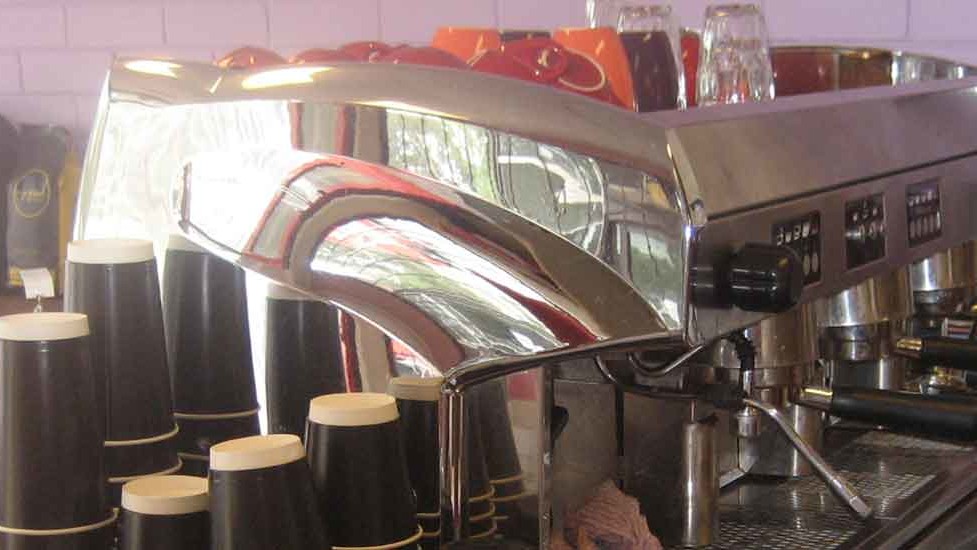What we do in the garden has many impacts on our natural environment. In thinking about design it is important to consider if it fosters biodiversity, if maintaining it will use more water than our rather arid continent can support, if it avoids contributing to the spread of invasive plants, if it will need pesticides or herbicides which will enter stormwater and pollute waterways. Here are some tips to get your garden on the sustainability track right from the beginning.
When establishing or renewing gardens, the first thing to do is to develop a concept of the layout and what you want from the garden. Do you really want or need an expanse of lawn with beds for shrubs just around the edges? What are the features of gardens that contribute to sustainability? There’s lots to consider – low environmental impact materials, water conservation, provision of habitat for wildlife, energy efficiency to name just a few.
Insects and Extinctions
What is happening to insects? Do you see the same number of insects in your garden as you did a few years ago? Research in the northern hemisphere…
Regenerative Gardening = Sustainable Gardening
Some people say that the place to be in gardening is no longer just in sustainability - it’s being regenerative. But isn't that where SGA been all…
What makes my garden sustainable?
The vegetable garden is a flop, the drought tolerant plants turned up toes as soon as the summer rain came so I planted plants that like water, and…
Extending Sustainability to Your Workplace
If you are an SGA reader your garden is probably quite sustainable, but what about your workplace? Whether you work in a large corporate…
Good Flies
Not all flies are bad! We are used to being concerned when we see a blowfly, thinking it carries disease, or being annoyed by those pesky common…
Wildlife in a Tangle
An Australia-first law about fruit tree netting is proposed to protect wildlife. See…
Artificial Tree Hollows for Animal Habitat
There are many benefits in keeping dead trees. However, in the modern age, trees are usually viewed in terms of amenity and safety, with unsafe…
Non-invasive Alternatives to Weedy Plant Species
Weeds (invasive plant species) reduce biodiversity as well as having other have significant impacts such as loss of habitat, increased fire risk and…
The Things People do . . . . . . . . . . to Trees!!!
Given the splendour and usefulness of trees in the urban environment, it is really amazing what otherwise sensible and apparently sane people do to…
Habitat – A Practical Guide to Creating a Wildlife-Friendly Australian Garden
As we book-loving gardeners know, there’s always enough room on the shelf for one more. Well, if you haven’t already done so, you should make sure…
Backyard Food Forest Gardening using Ecological Principles
Backyard food forest gardening is based on ecological principles. Have you ever wondered how forests develop, how they regenerate after destruction,…
Using Coffee Grounds in the Garden
Spent coffee grounds are increasingly recommended by professionals and gardeners as a sustainable way to improve your garden soil and provide…
Gardening Trends 2018-2019
Like many activities we engage in, gardening is subject to fashion and trends. So what are the current directions? Do they have anything…
Crop Rotation
Crop rotation – despite what my non-gardening mates believe, is NOT the twisting of sunflowers to chase the sun (although, they do have a…

